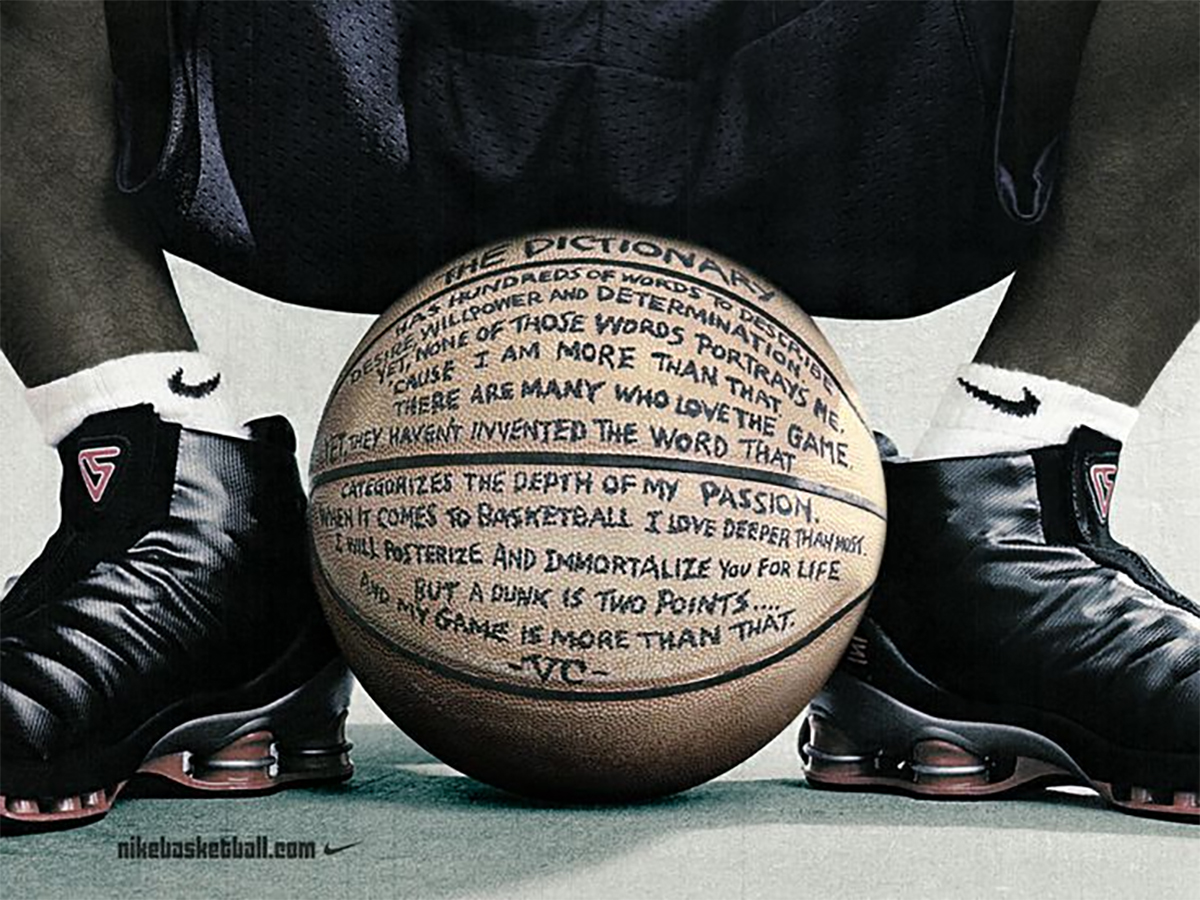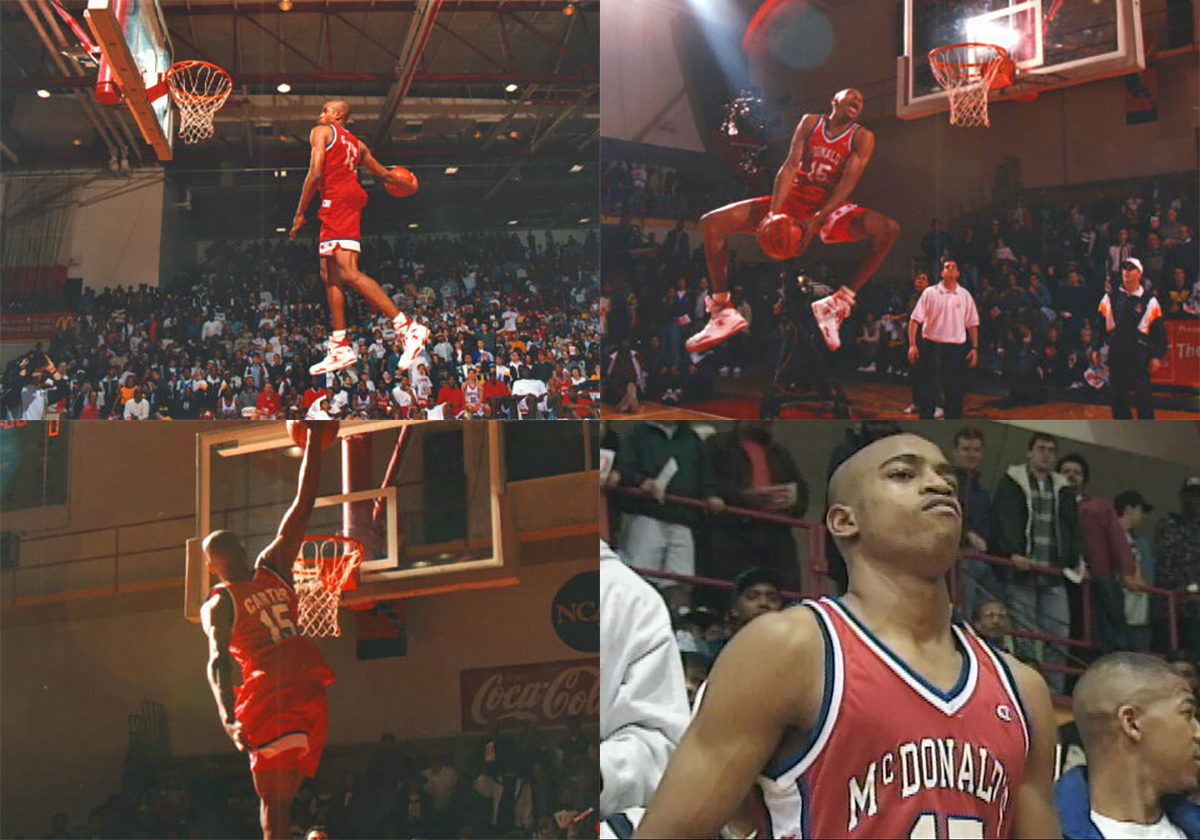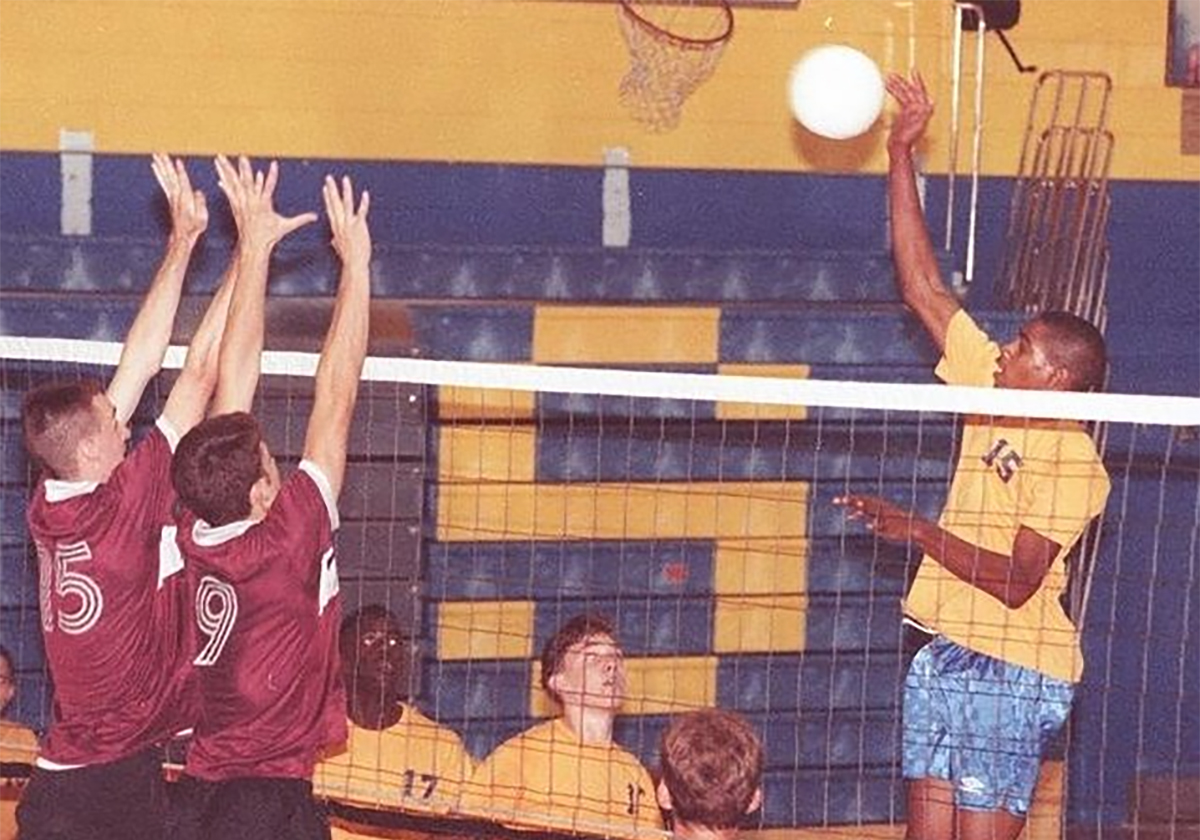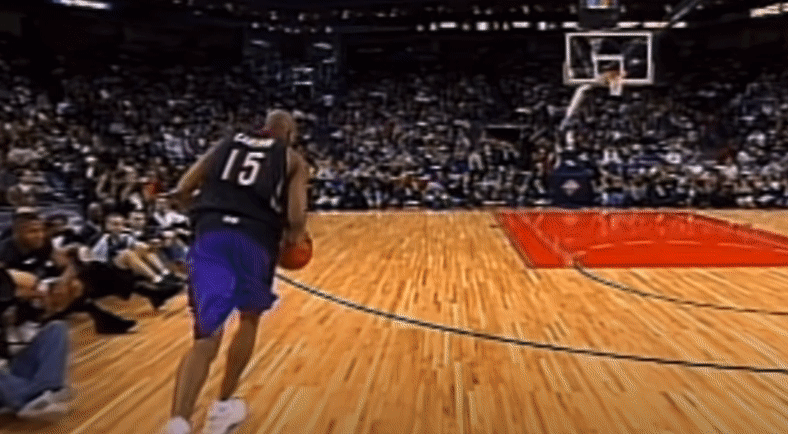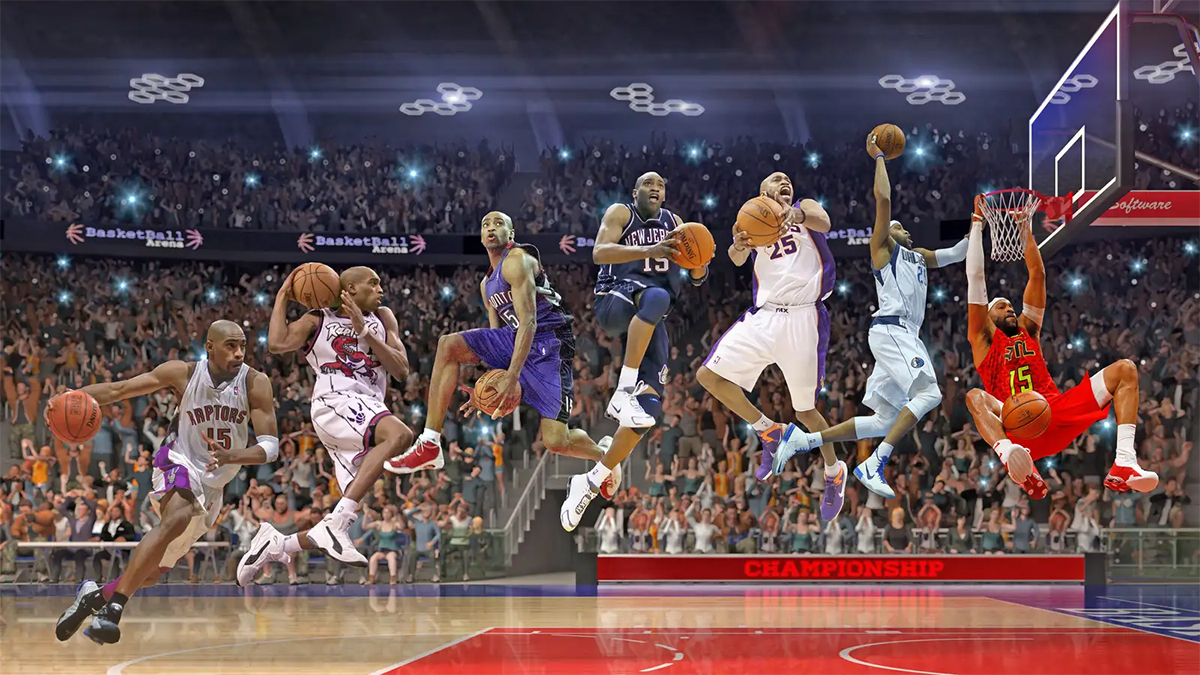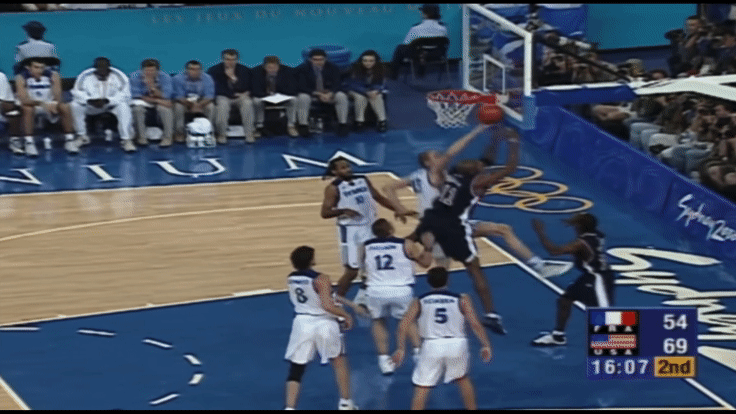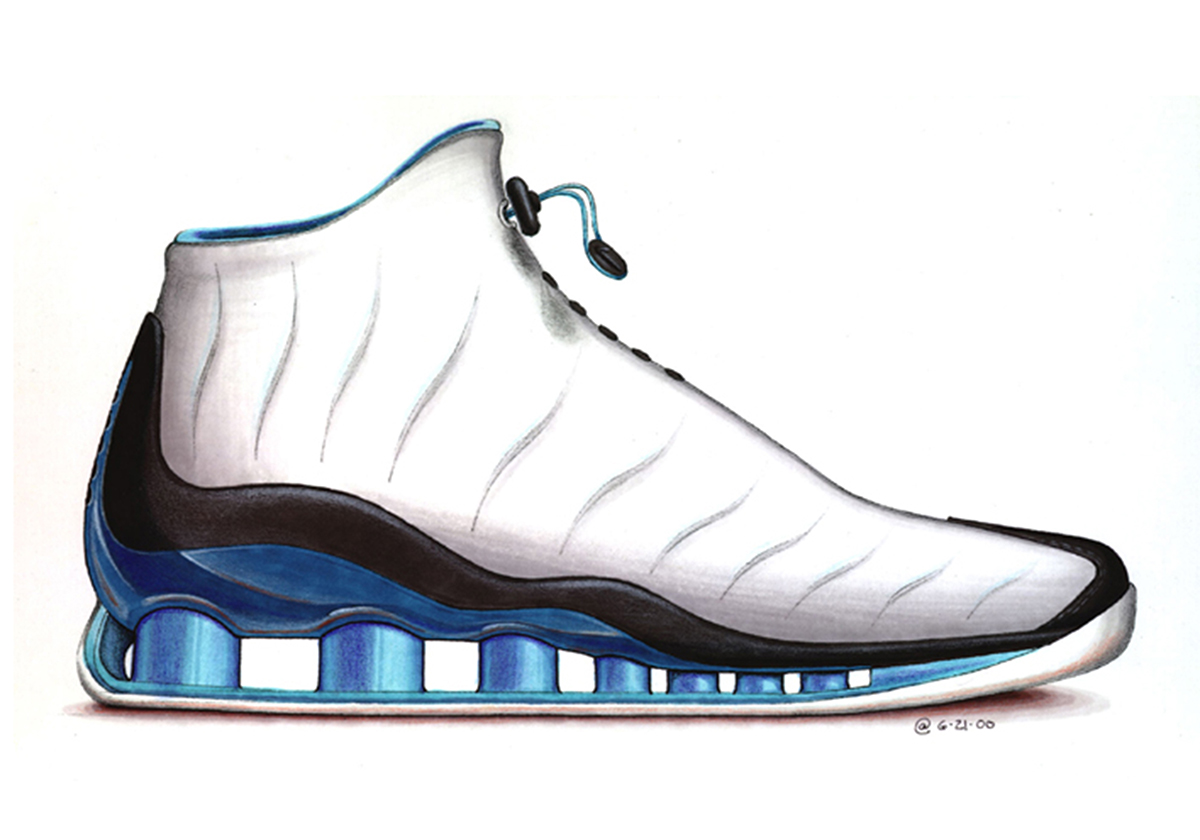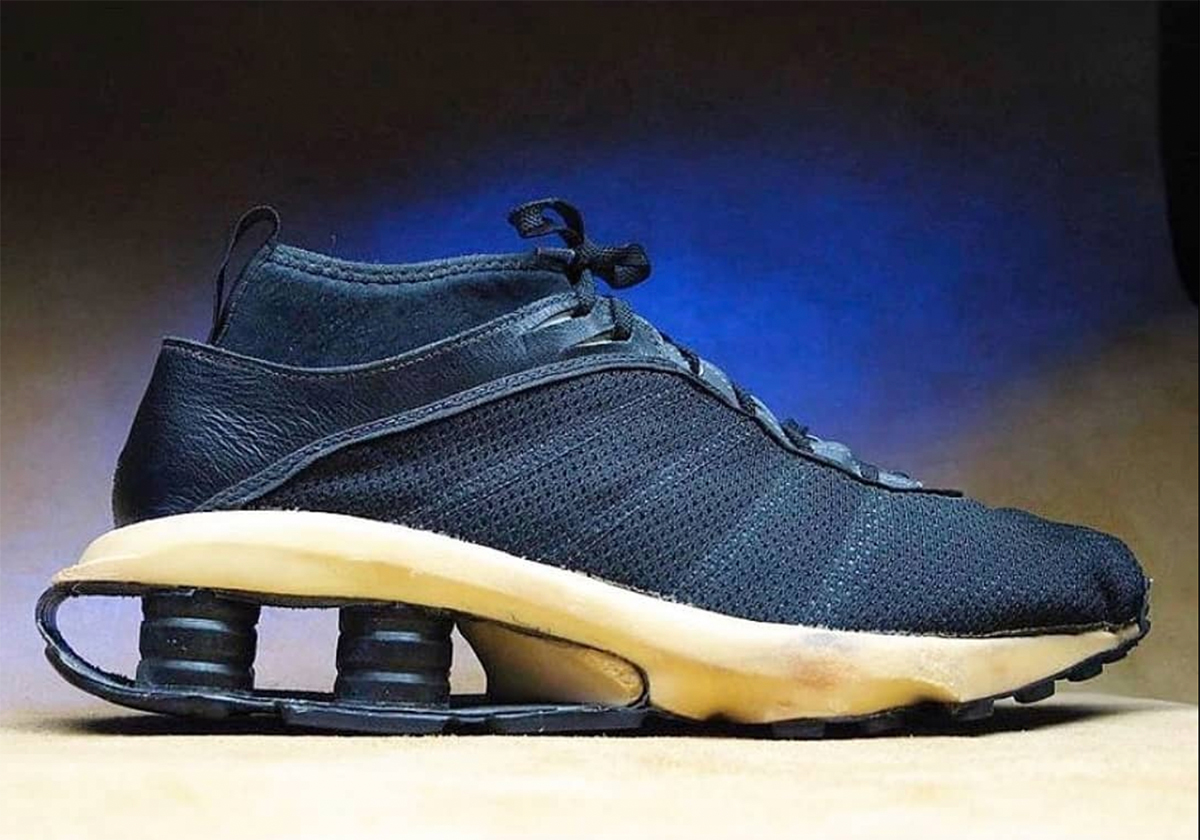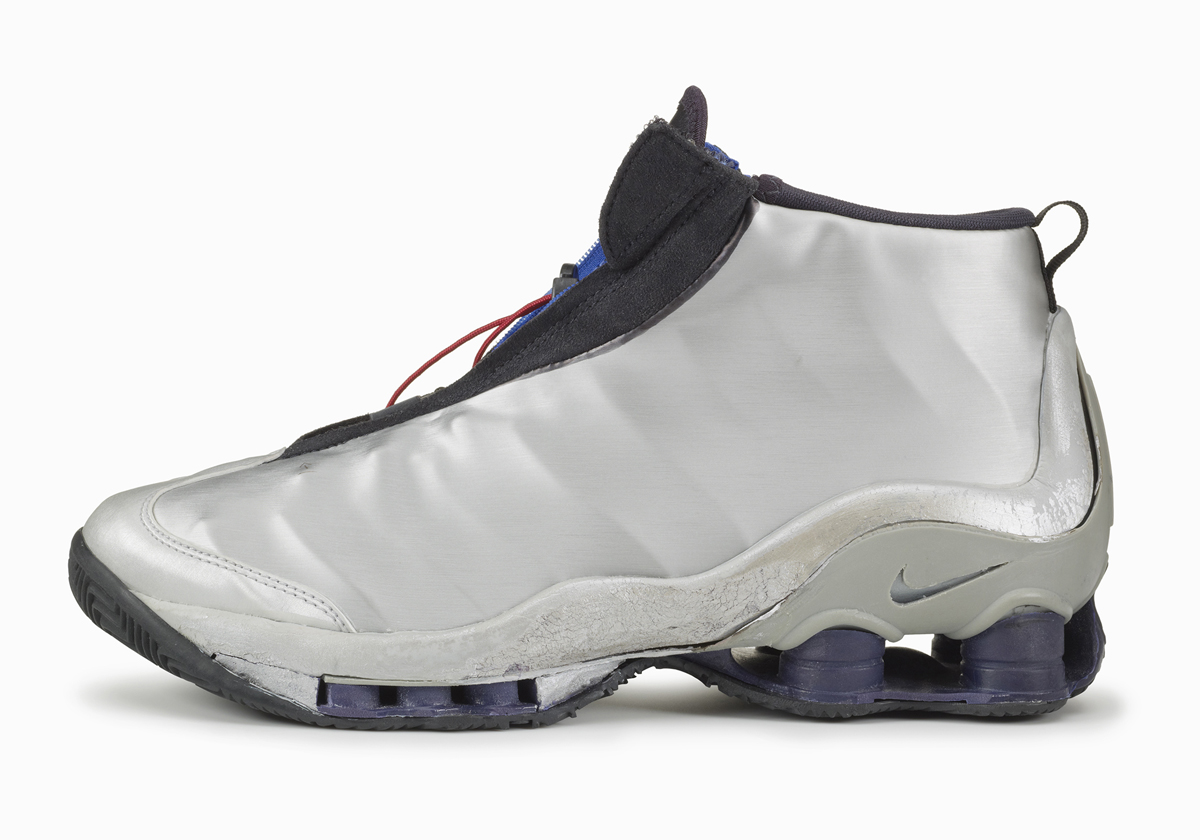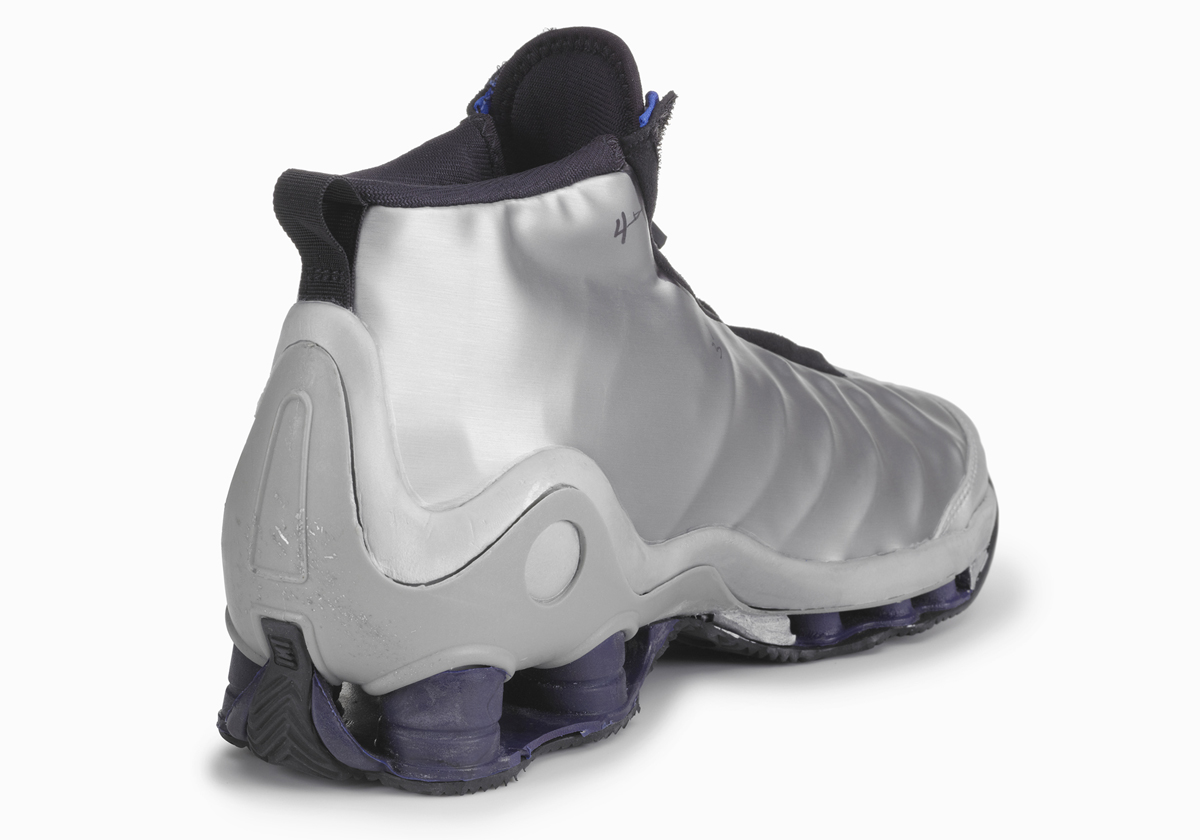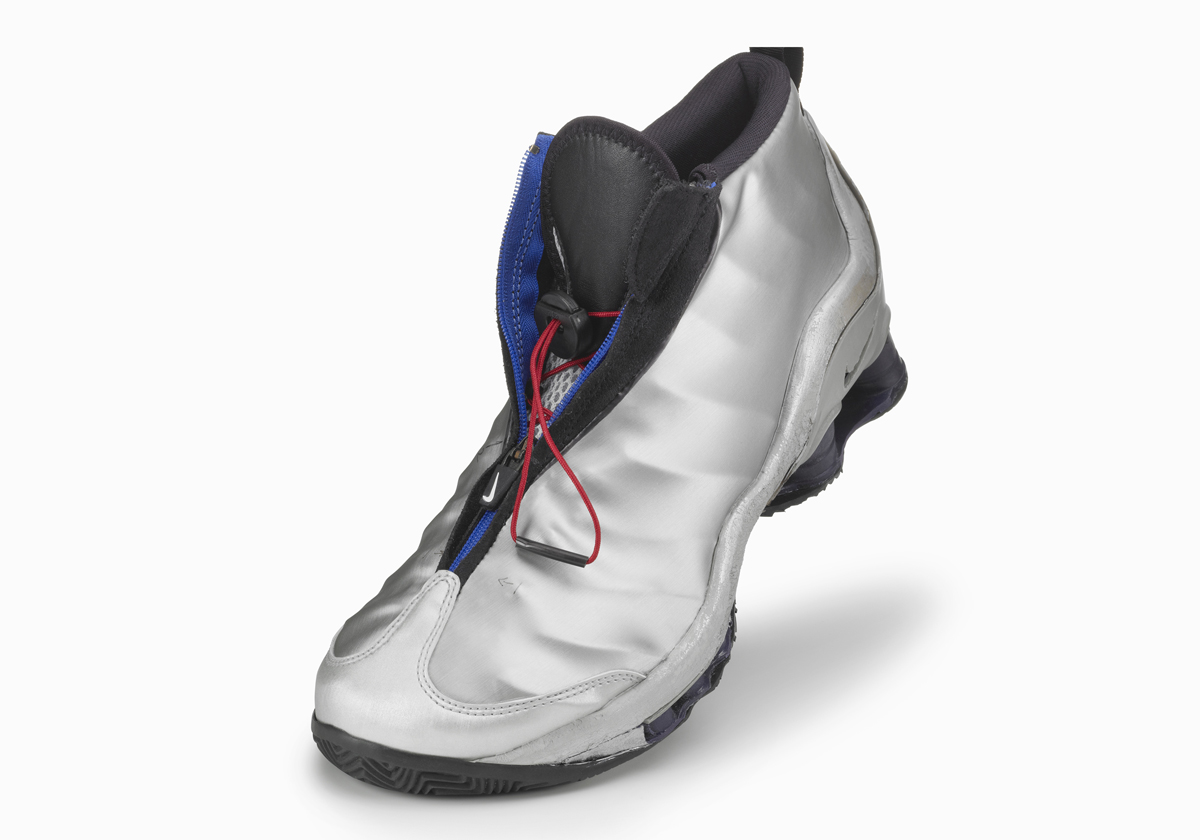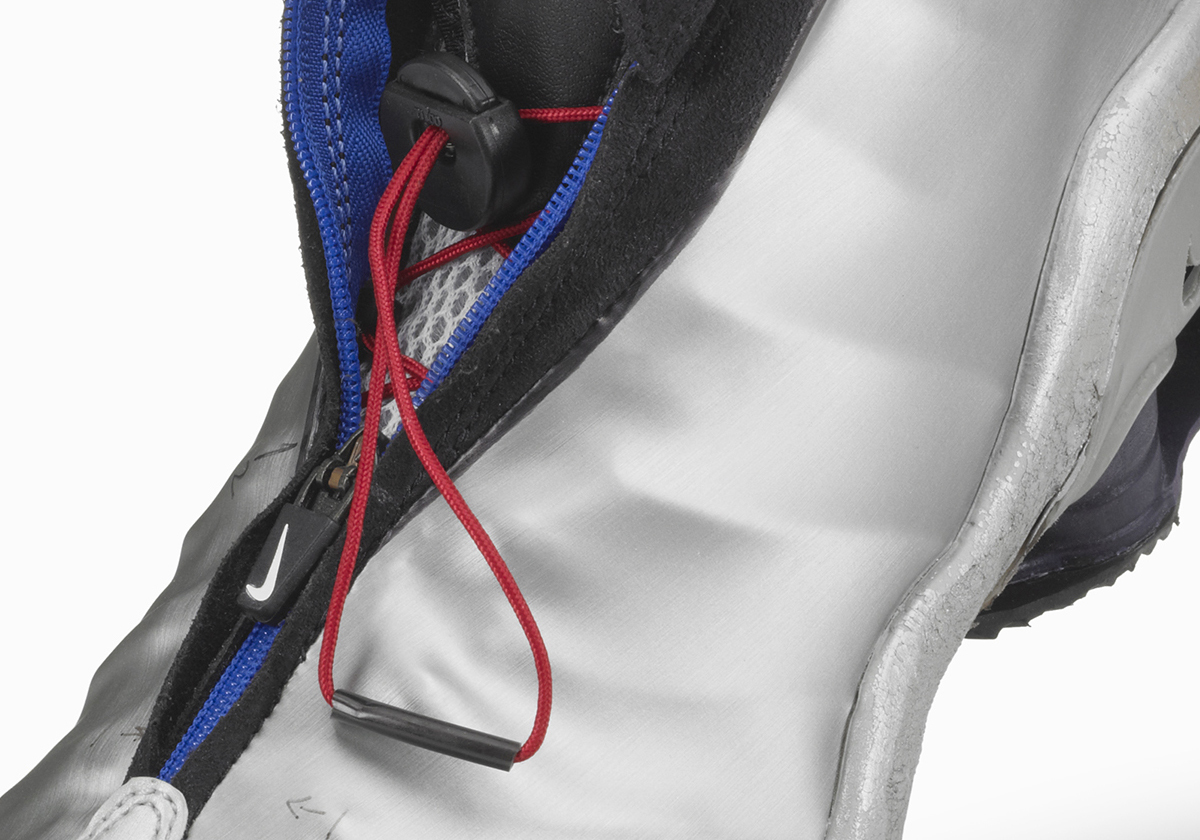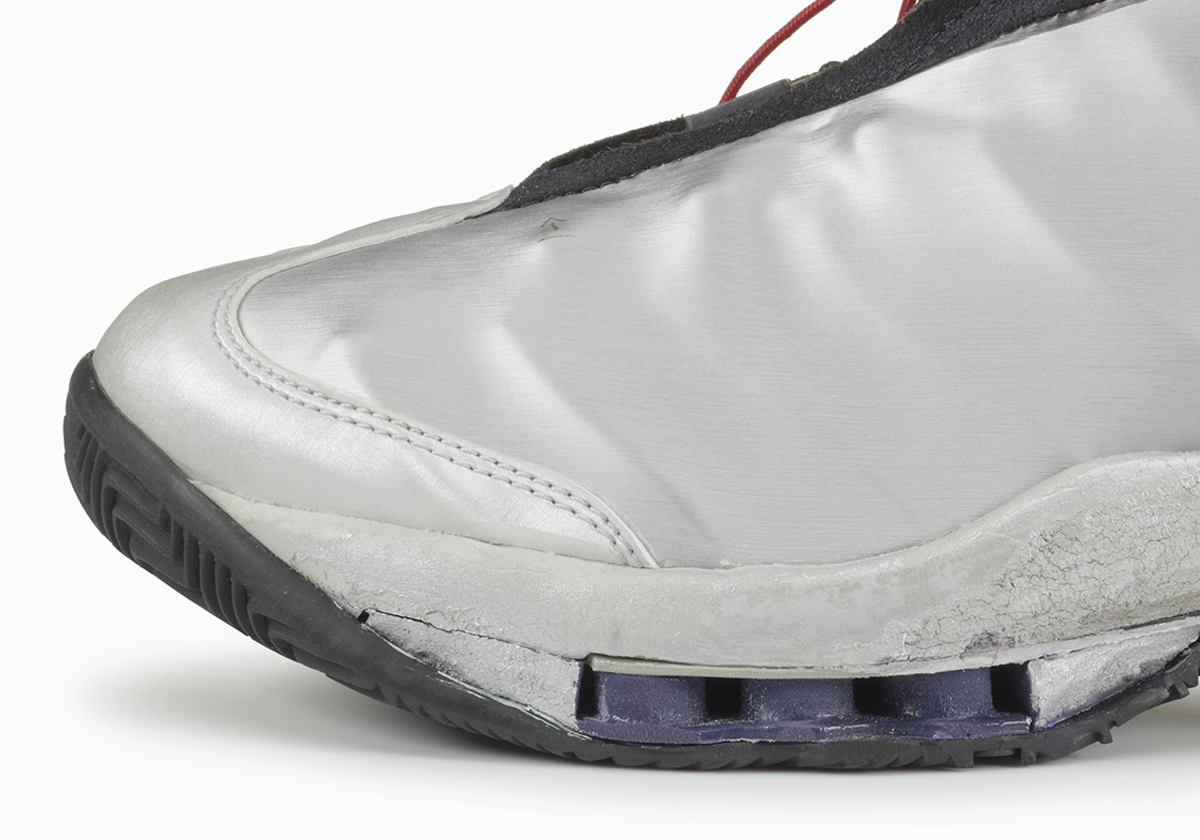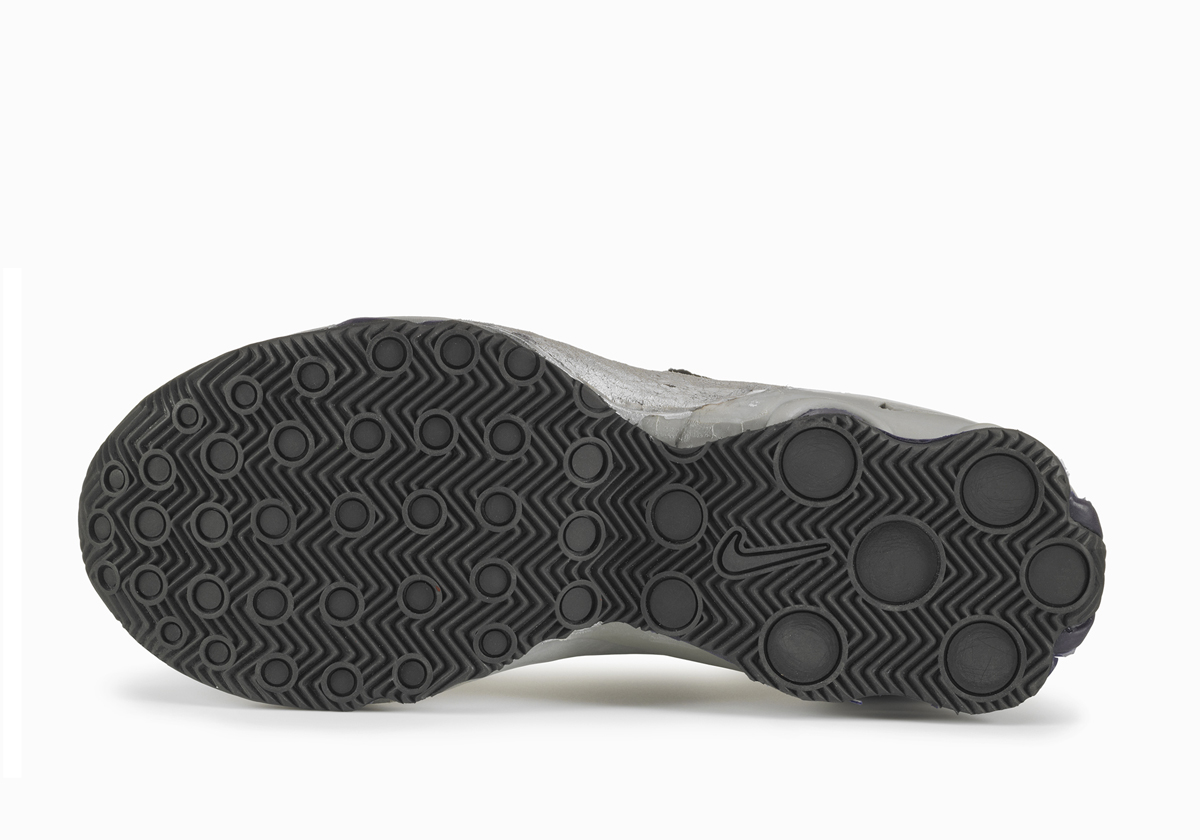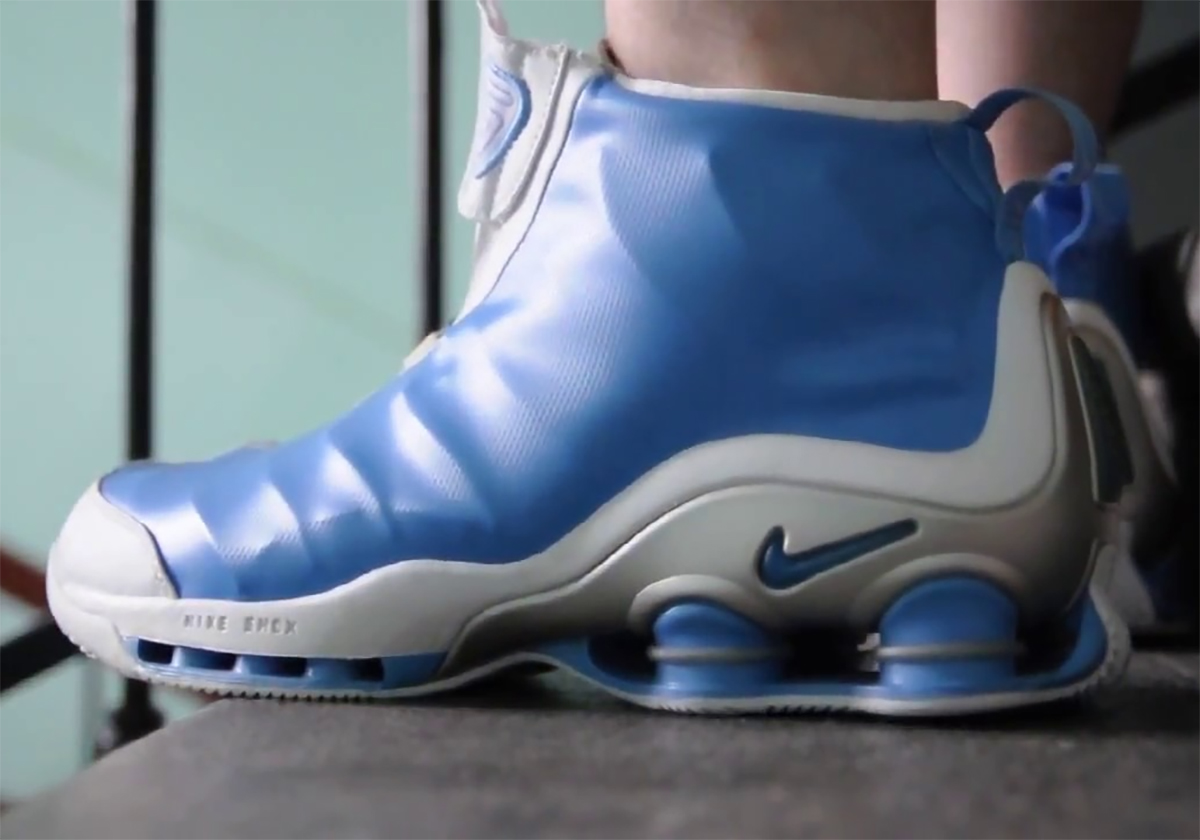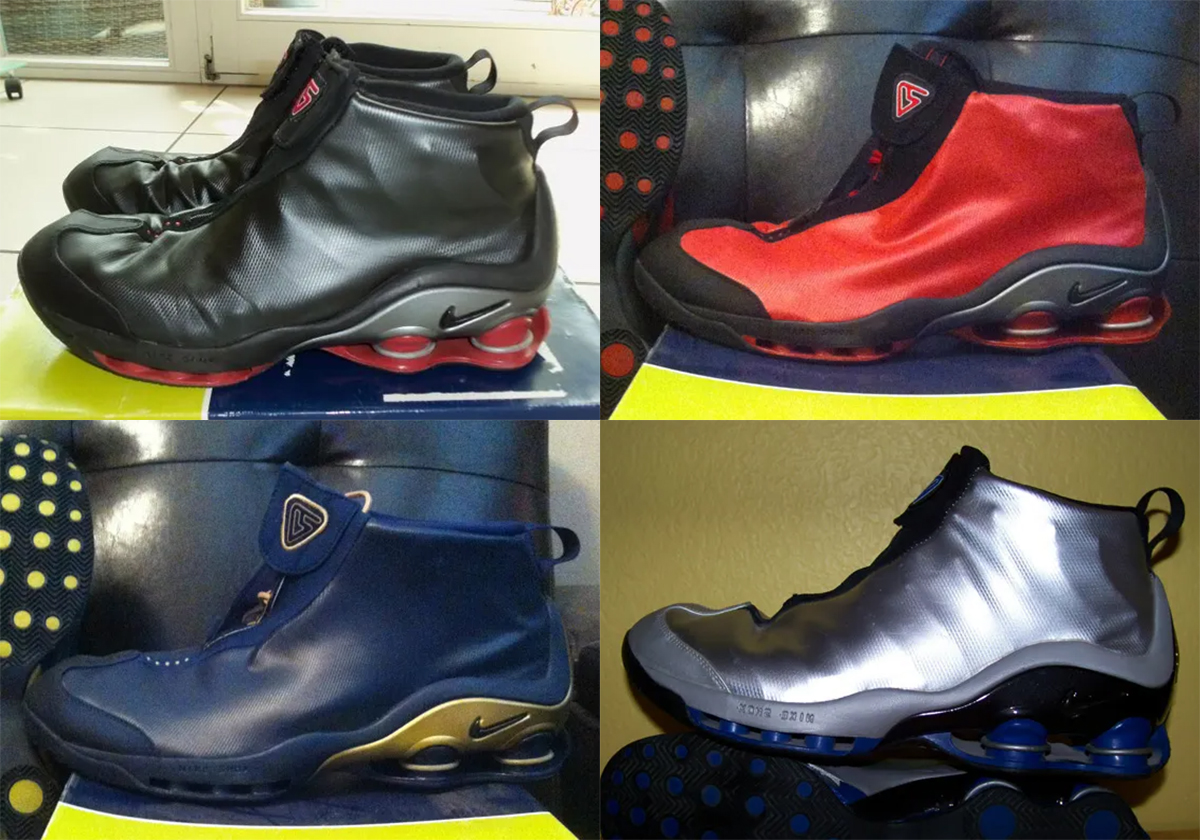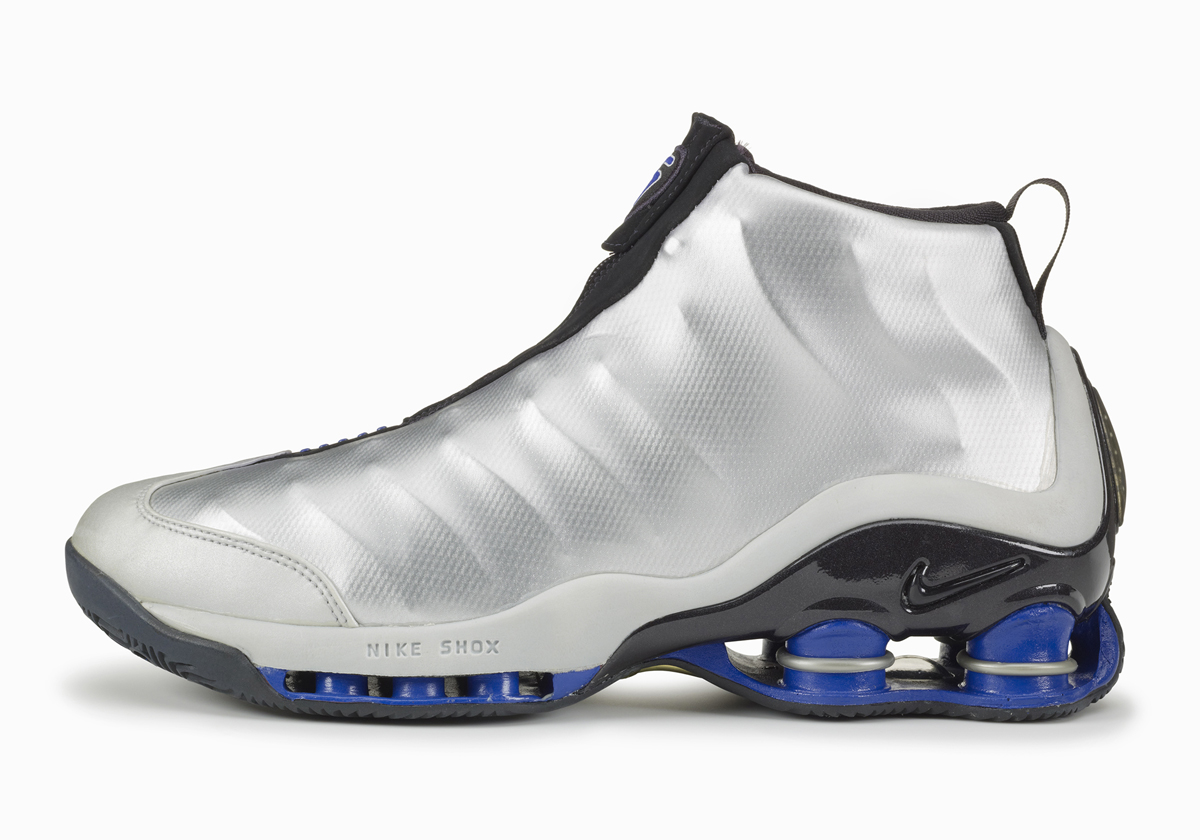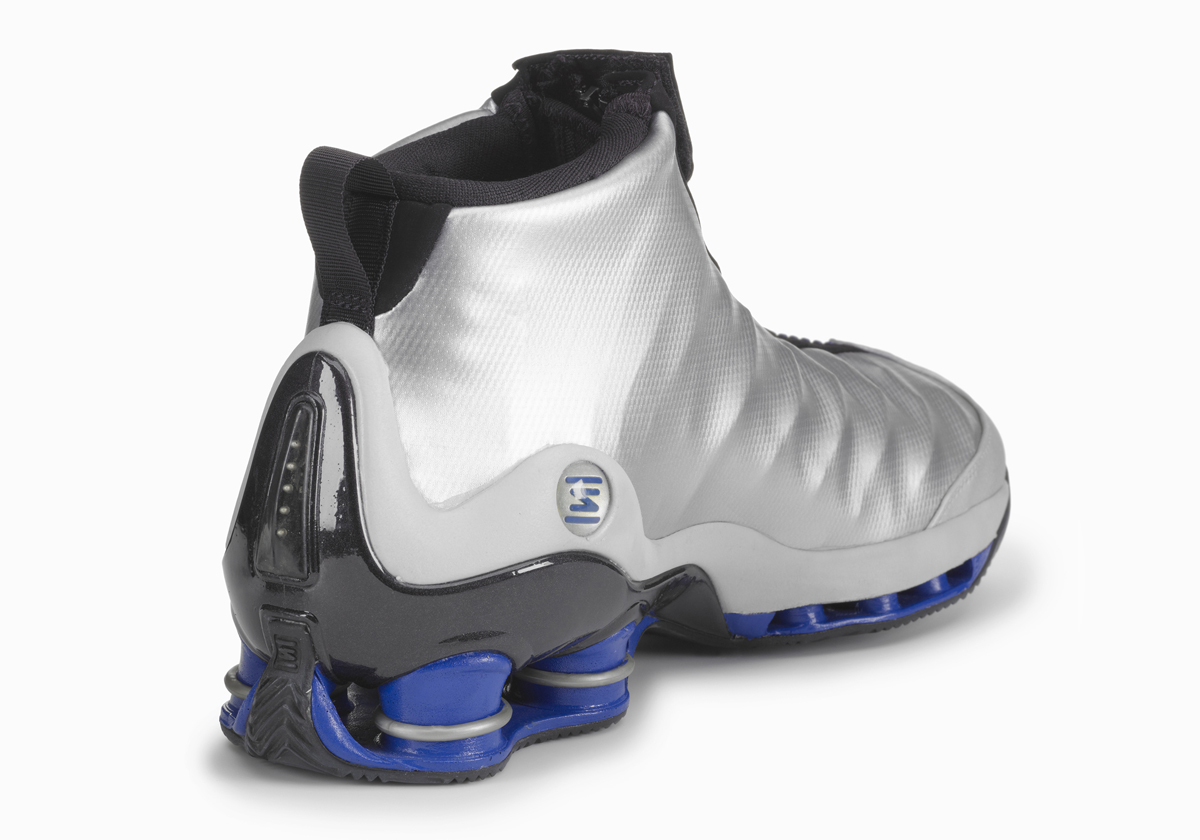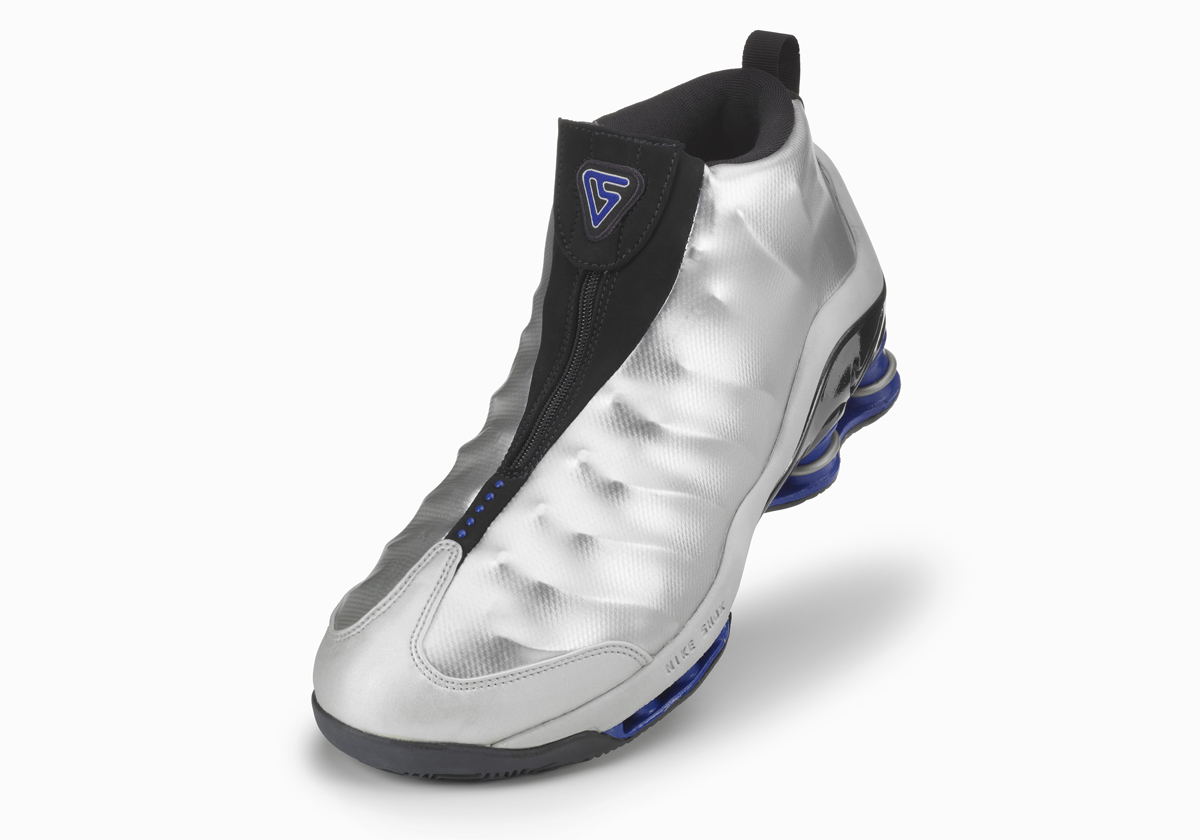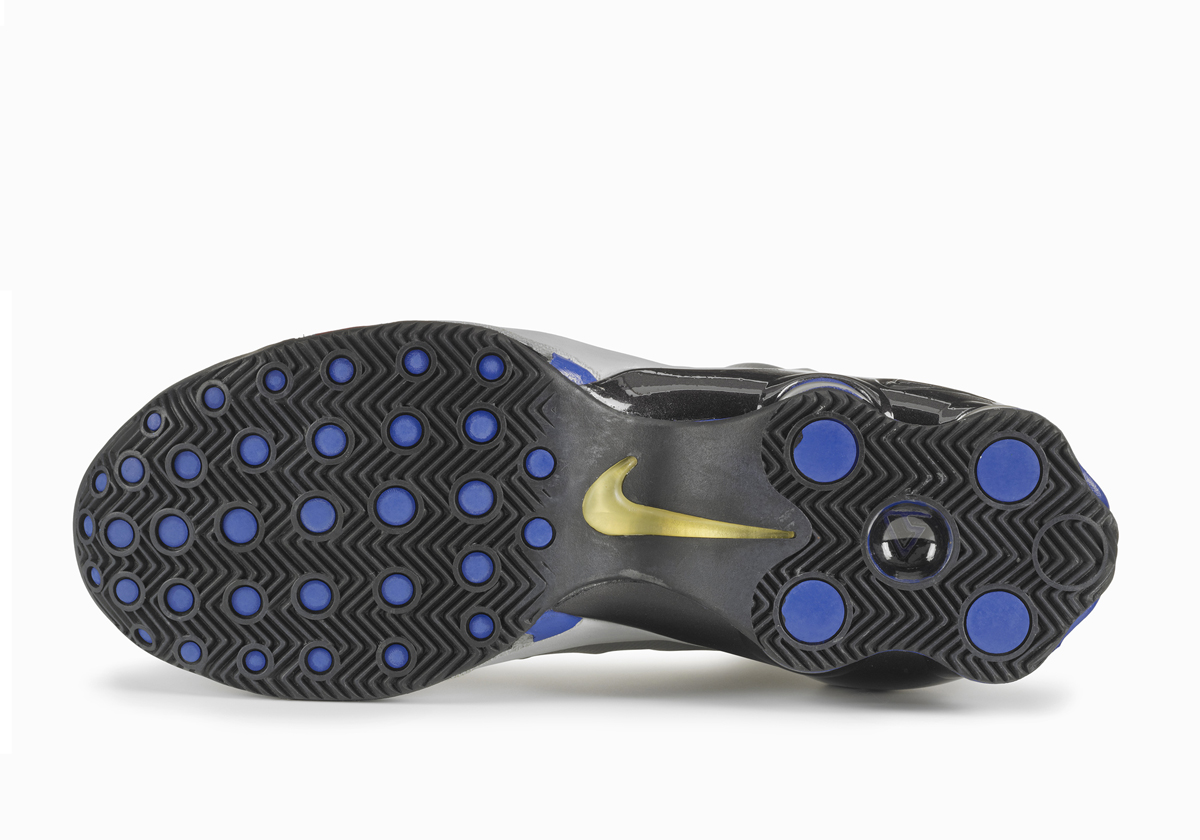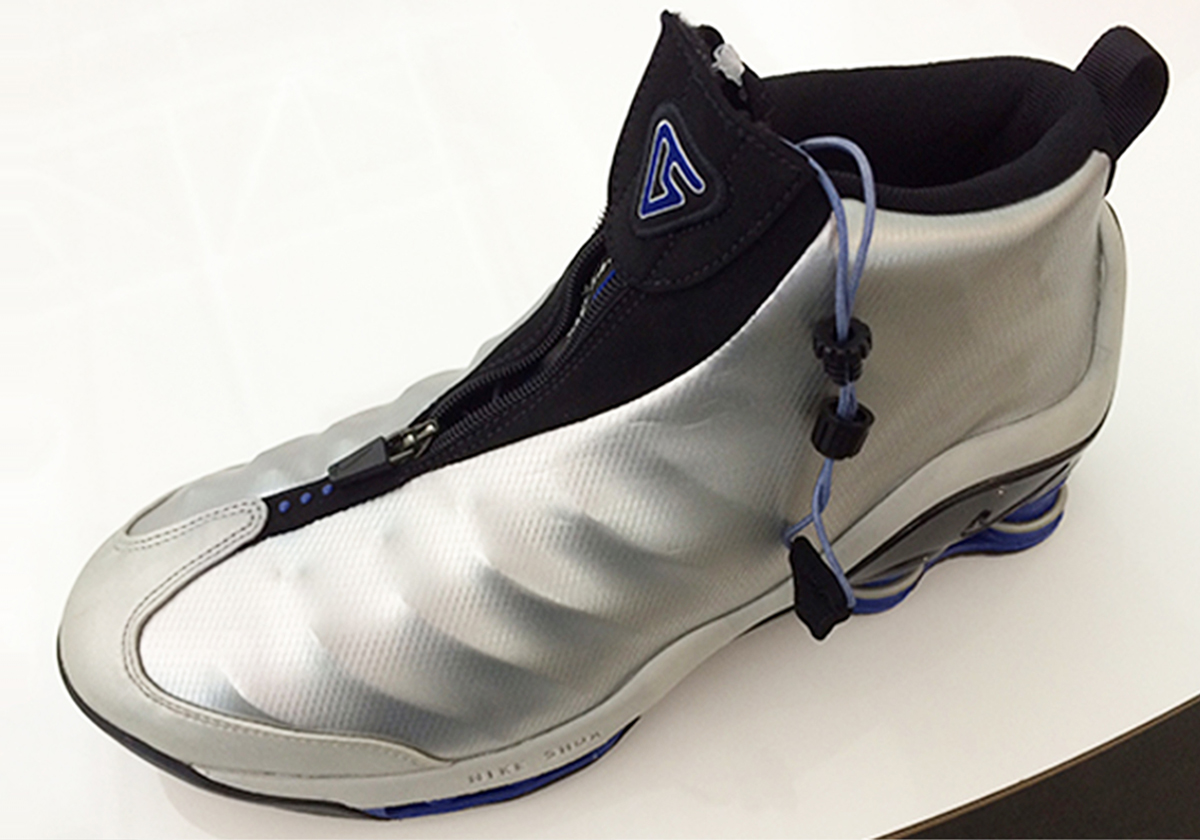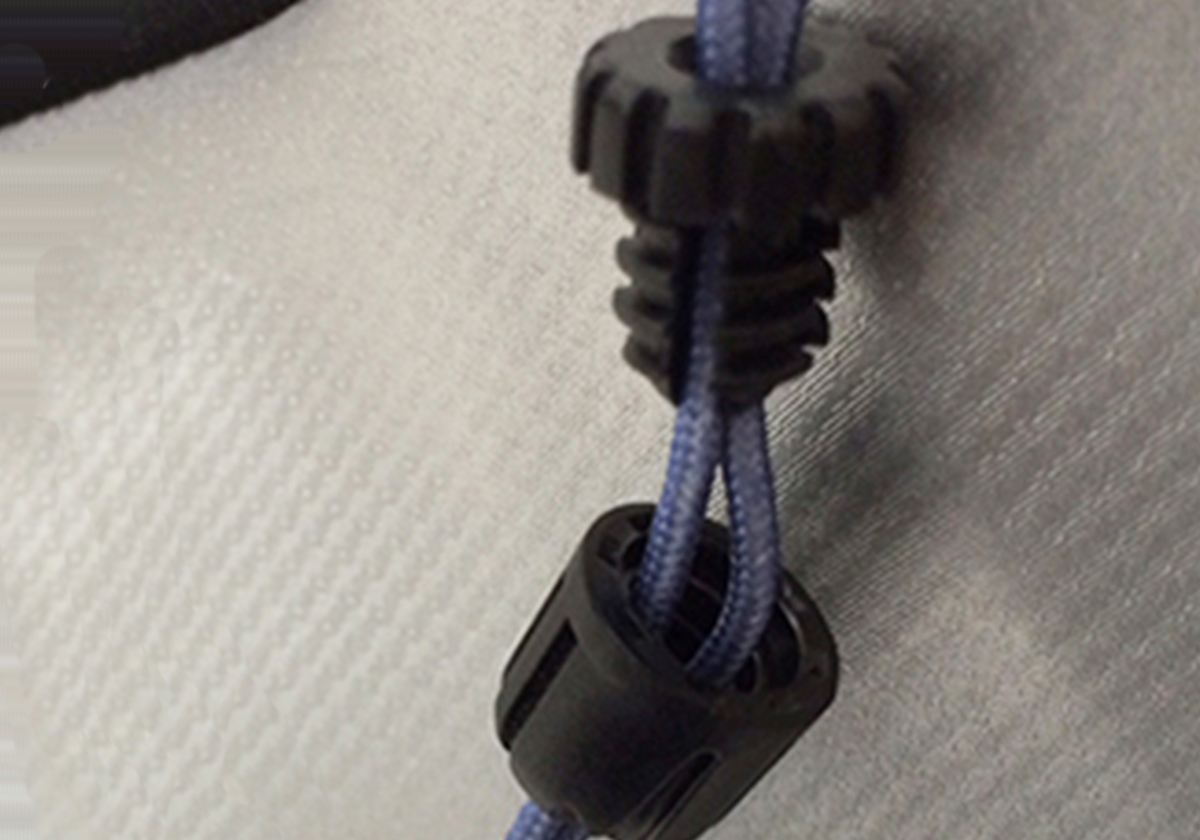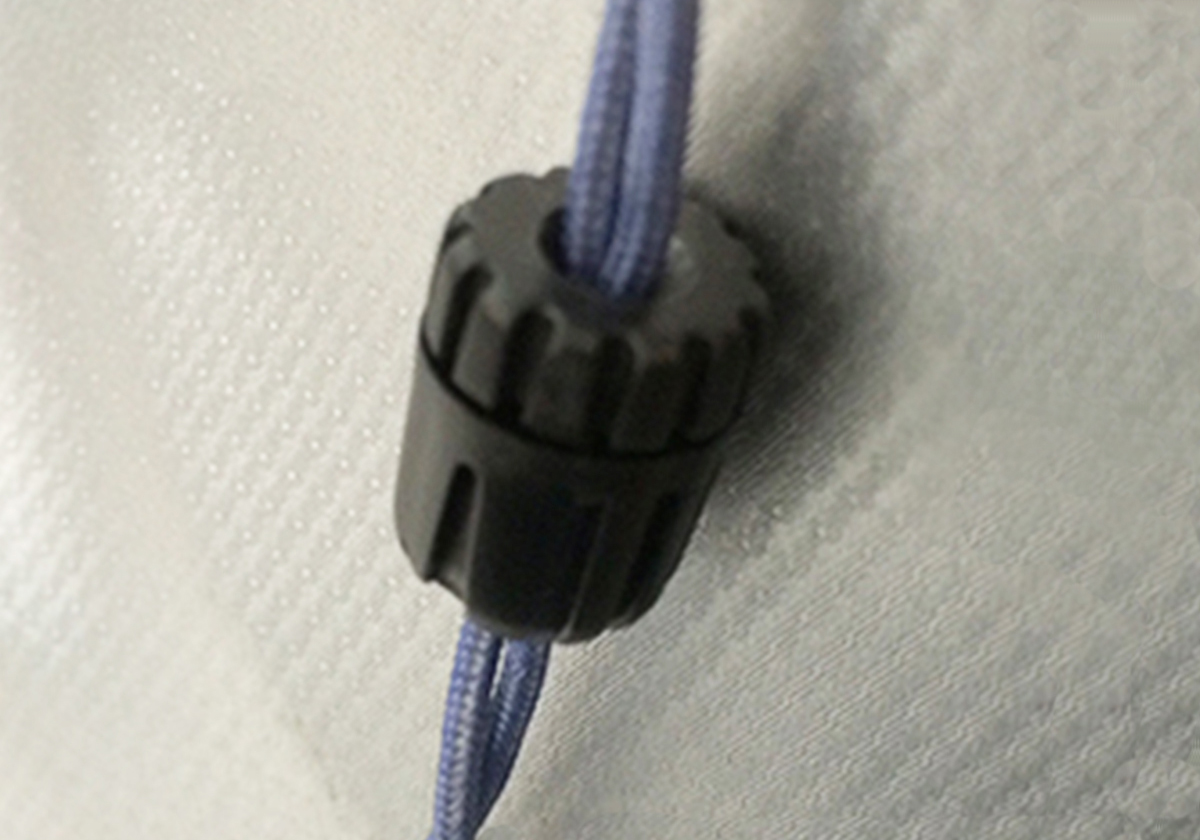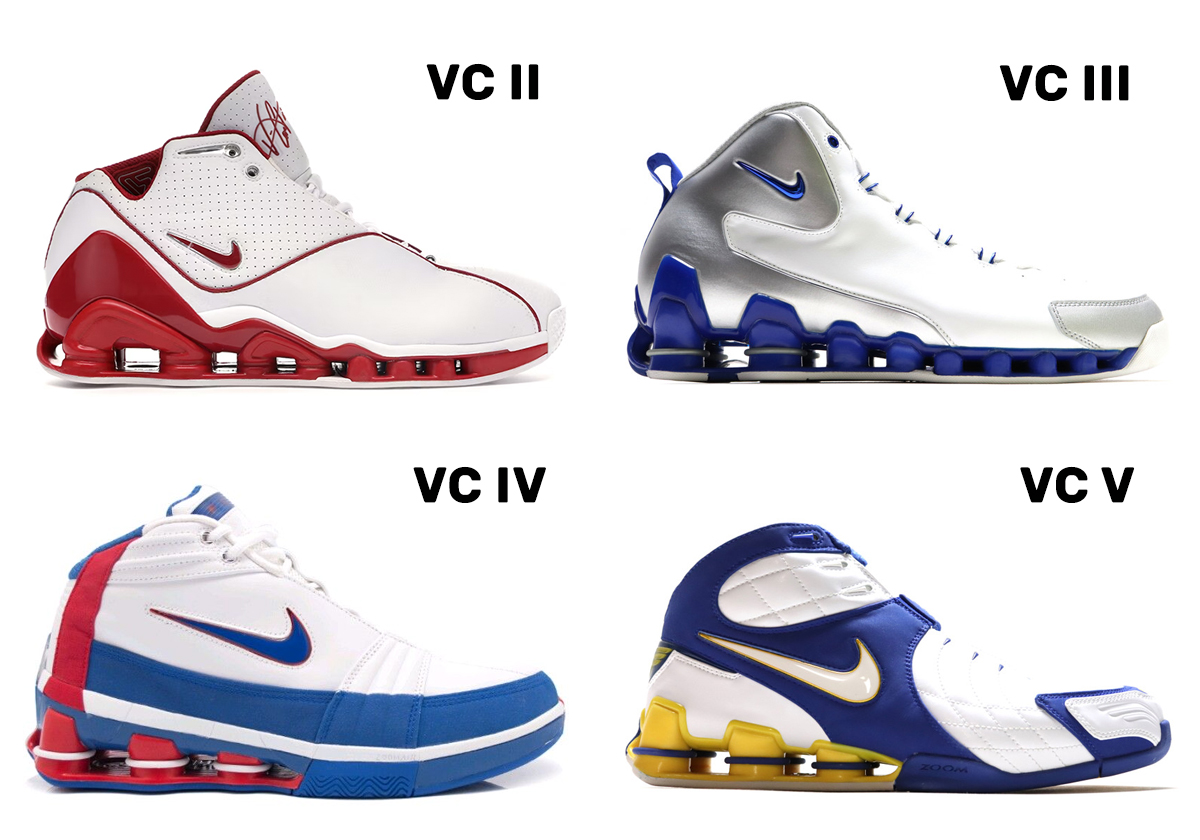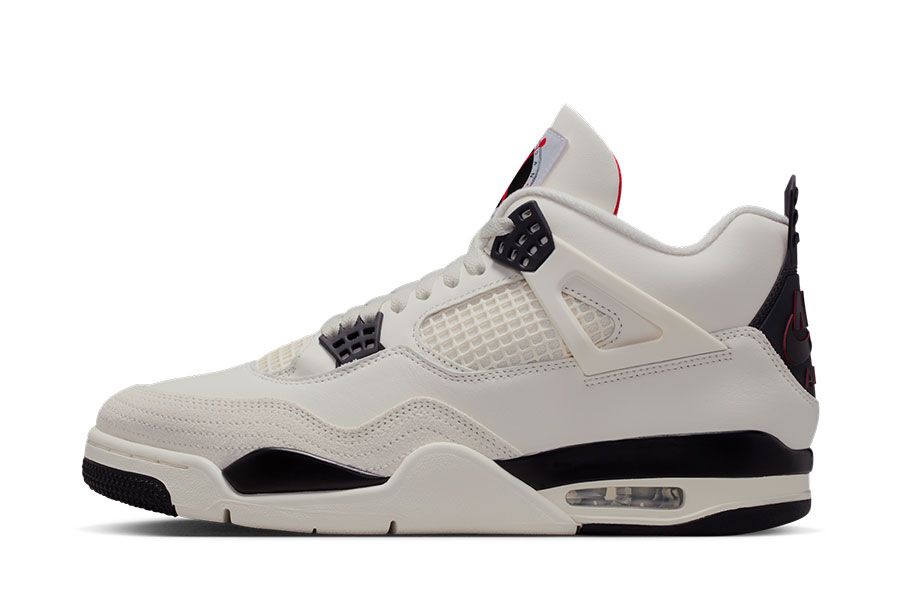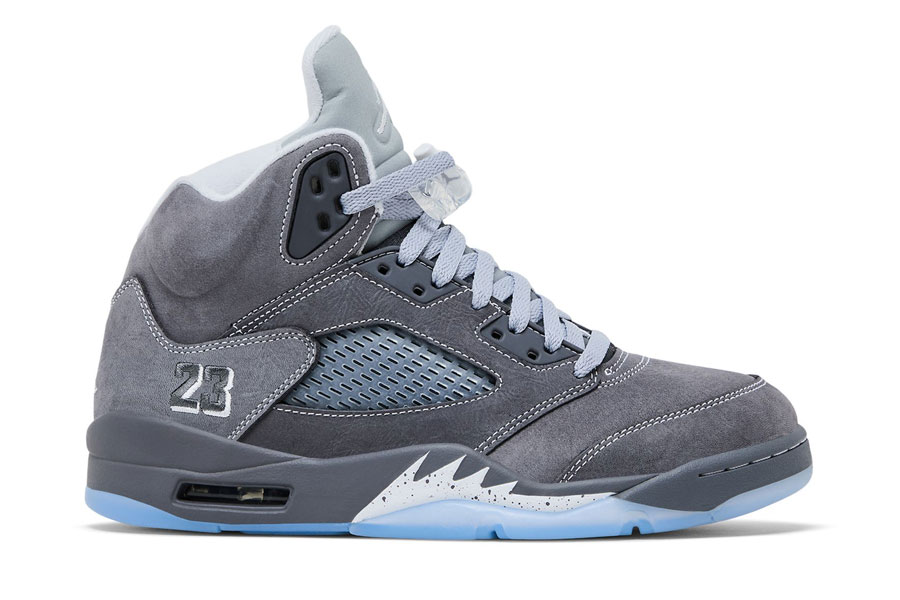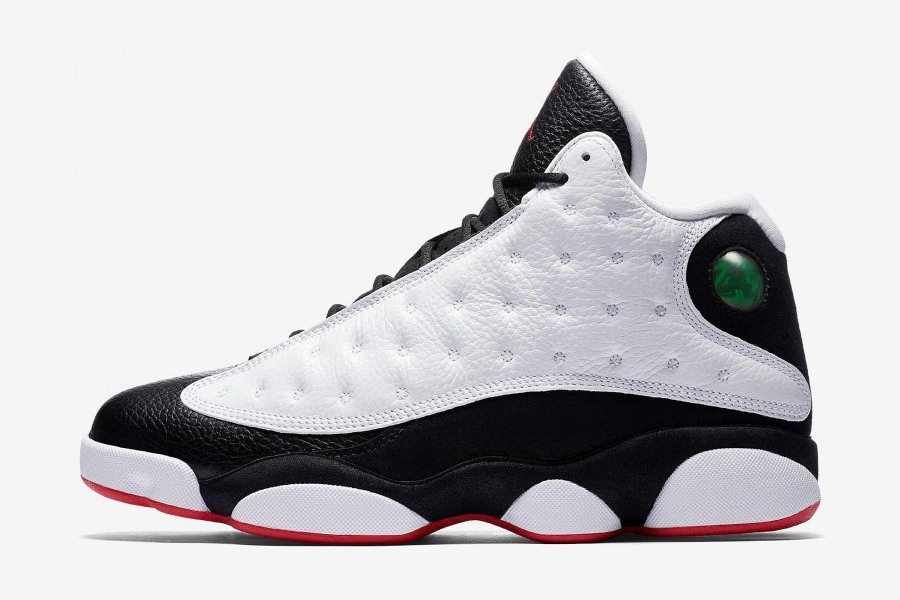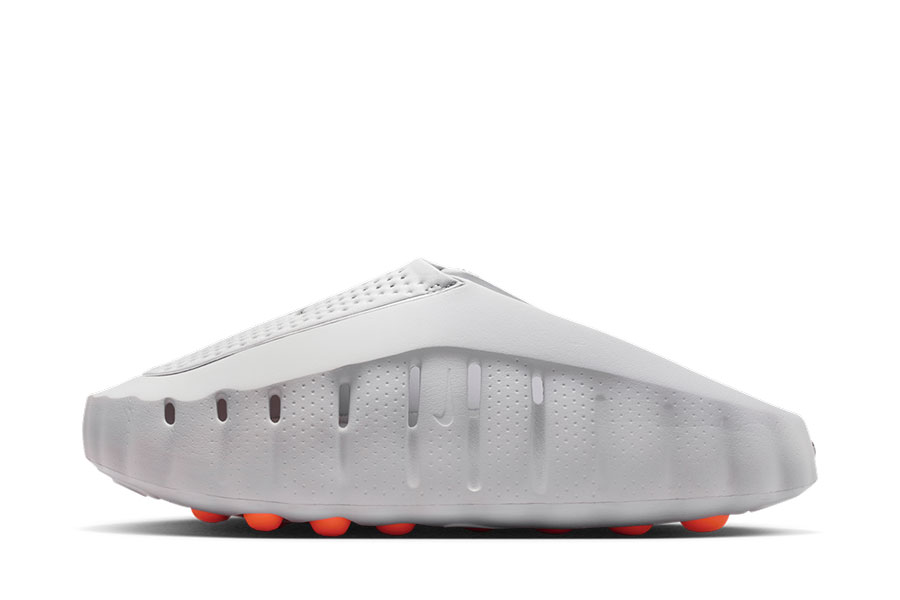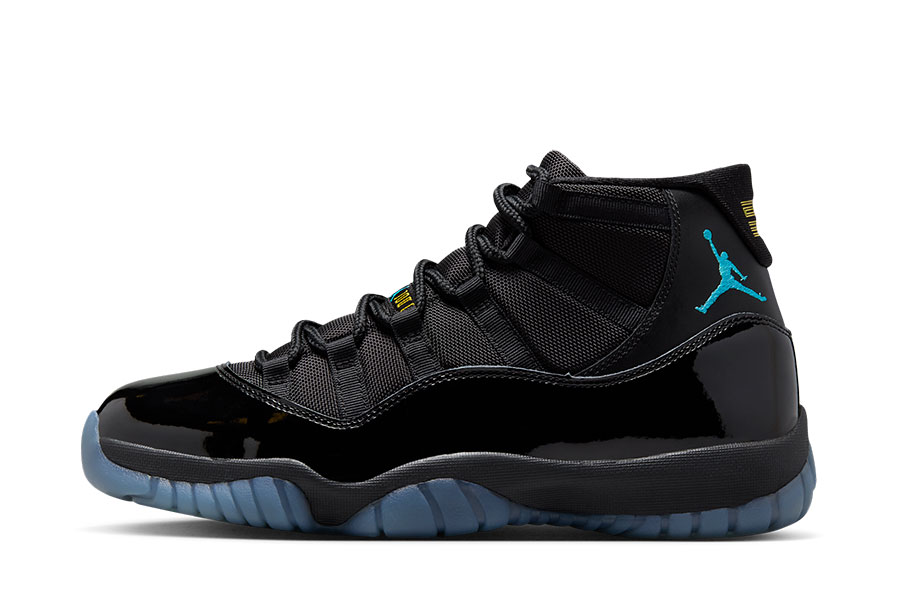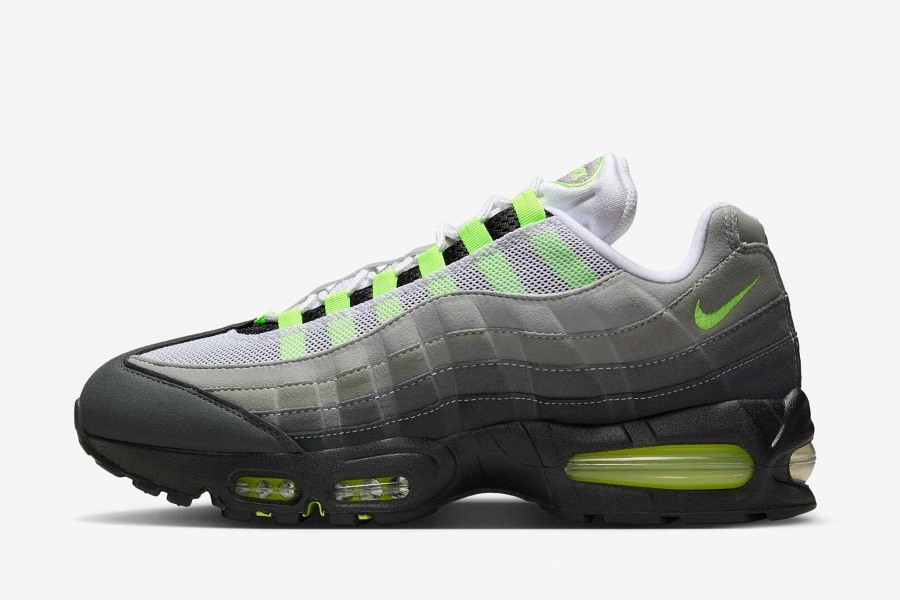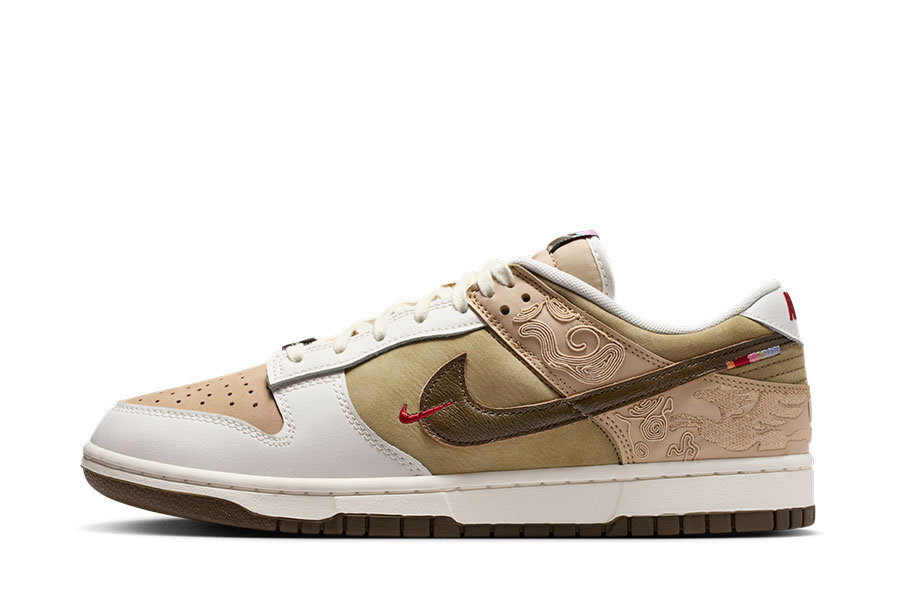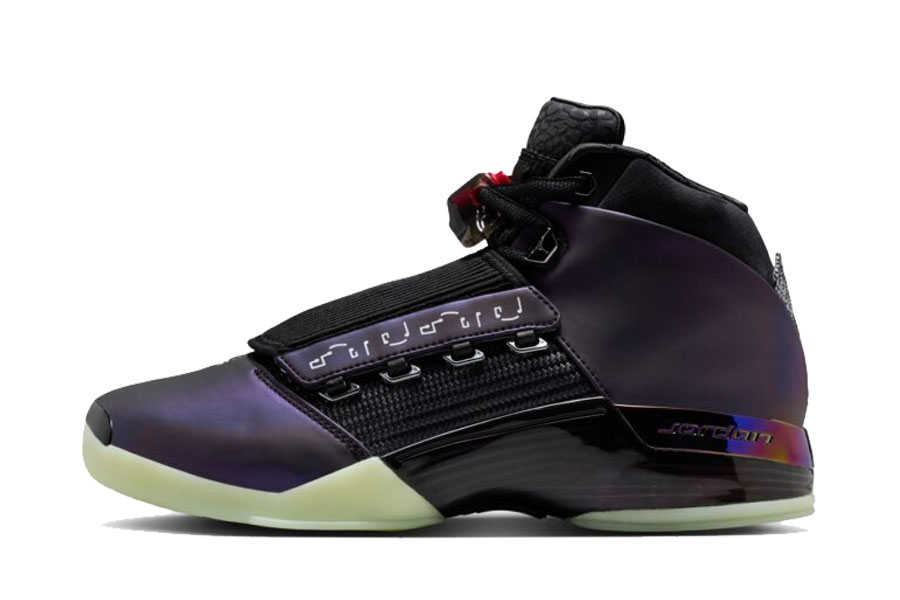It’s the stories that matter, according to Aaron Cooper, the long-time Nike design vet with a catalog of work so deep that it’s impossible to name a favorite. You’re either very familiar with his name or you’re just learning about it now. Regardless of the level of your knowledge of Swoosh history, just know that your favorite basketball shoe between the golden years of 1994 through 2004 probably have his fingerprints on them.
If you happen to be following him on Instagram (@aaron.ac.cooper), his #SNEAKERSTORYSUNDAY series should already be on your radar because for a number of reasons, it’s truly unlike any other shoe-related content right now. The short version: since the summer of 2023, Aaron has been sharing behind the scenes knowledge and insight on his work with Nike over the years, revealing the eureka moments that we either oversee or are simply unaware of. The real treat is diving into the mind of an individual with a quarter-century of experience at Nike — a valuable treat to both sneakerheads and aspiring designers.
For the next few installments of his Sunday-exclusive series, Sneaker News has partnered with Aaron to flesh out his stories a bit more and dive deeper into the secret sauce behind the creation process of these iconic designs.
To start things off, Aaron shares the story of the VC 1, Vince Carter’s first signature shoe with Nike.
“…he told me he loved playing in the band and being a drum major even more.”
Aaron on Vince’s true passions in high school
The legend of Vince Carter began well before his high-flying acts in the NBA. Vince was an absolute stud in high-school as a multi-sport athlete, dominating several sports but particularly basketball and volleyball. Given his ability, the latter didn’t seem like much of a challenge, but he credits the three years he spent spiking balls for quite literally elevating his hoops package even higher.
Long before he morphed into “Air Canada” and “Half Man Half Amazing” with the Toronto Raptors, Vince Carter was known as “Sunshine” amongst his AAU teammates. He’d come from his hometown of Daytona Beach, FL to Paterson, NJ to play alongside Kobe Bryant, Tim Thomas, and other future stars, and it was there the larger body of basketball phenoms and scouts caught on to his freakish talents. While immediate footage can’t be found, Vince was known to be able to touch the rim with BOTH his elbows. A variation of this feat would later define his contributions to the game.
Vince Carter became a true household name on the night of February 12th, 2000. The world may not have imploded into itself on January 1st, 2000, but the Toronto Raptors swingman knocked the Earth off its orbit with five incredible displays of aerial acrobatics. He started off with the “Reverse Windmill”, an often imitated but never duplicated manuever. The clip below has likely eclipsed a collective one billion views by now. Later came the iconic “Elbow Dunk”, which froze millions of spectators who could not fathom what they had just witnessed, followed by the between-the-legs off the bounce and the two-handed free-throw jump.
By the end of the night, the next global sports superstar was born. Tracy McGrady and Steve Francis, the other two finalists, would have taken home the Dunk Contest crown any other year. Vince was both literally and figuratively flying at a higher altitude. The Dunk Contest was ruined forever.
On Vince’s feet with the AND1 Tai Chi, which helped the growing brand gain recognition in the industry. Not long before the All-Star Weekend, Vince Carter ended his partnership with Puma, breaching a 10-year contract that was signed not two years prior.
Around that time, Aaron Cooper and the team at Nike thought of the idea of an only-what-you-need “jump sock” for high flyers. Could they create a shoe that feels like a sock and be suitable for the highest level of play? The “jump sock” concept at its core seemed like the perfect fit for a player like Vince Carter.
As alluded to earlier, Vince Carter was involved in one of the most infamous sneaker deals in NBA history. He signed a lengthy 10-year $50 million deal with Puma in 1998, but breached the contract less than 24 months in for a number of alleged reasons that Vince himself has never confirmed. The belief is that he was unhappy with his Vinsanity signature shoe because they actually hurt his feet. Puma wasn’t able to keep up with new product or with market, so they chose to part ways in early 2000 as long as he paid back $13.5 million and kept his lips sealed. Nike apparently picked up that tab when they signed him later that year.
Vince Carter and Nike’s newfound union was established courtesy of one of the greatest sports highlights of all-time. As a member of Team USA and sporting a small afro hairdo, Vince Carter jumped over a 7’2″ Frenchman and completed what many call the “Dunk Of Death”. With the Shox BB4 on his feet, Nike had all the forward propulsion it needed to push full steam ahead with their newest cushioning tech for the 21st century. Aaron viewed this as one of those rare “dominos” that pushed the project forward.
“…moving a Shox column just a couple of millimeters will literally change its performance.”
Aaron on creating the Shox cushion for the VC1
Aaron reveals that the first VC Shox was intended to be a full-length cushion (see the sketch below), but it was simply taking too long in testing. He shares that at Nike, he was known to often say “every millimeter counts”. Consider that the typical basketball shoe sole is 8-10 millimeters in thickness, each and every decision will have permanent results.
But Nike had to bring a product to market, and creating a proper full-length Shox sole was simply too difficult in an 18-month span (the typical length of a product creation cycle). If one SHOX column was moved a millimeter or two, or if it was a millimeter wider, it changed the performance and every column thereafter would have to be adjusted.
“If you cut down a Shox column, there’s a hole inside and it’s rounded at the bottom for a performance purpose. We did them flat at first, but they failed. Then we made them rounded, and it worked. Every millimeter counts, and it has to be tested and retested. That’s why the VC 1 didn’t have full length when it was intended to.”
Pictured below is a prototype of a Nike Shox sneaker in its early stages which is believed to be from 1992, which goes to show just how ahead Nike was with innovating new ideas in performance engineering. It’s worth pointing out that the heel cushion in this prototype doesn’t appear too far off from the first wave of cushions we saw in 2000, which proves that adjustments of borderline negligible amounts truly do amount to change.
It seemed that the innovation team was stuck at an impasse, but the full-length idea was shelved for good when Aaron hand-built a prototype with a playable heel and forefoot. By “hand-built”, he went to the model shop, cut up parts and pieces, superglued them back together, and grinded them into shape. This sped up the creation process as a whole and also set the foundation for the full-length Shox for the VC2 signature shoe.
The VC1’s innovative push continued upwards to the upper. A full dynamic air mesh bootie with direct-inject lace-up “rib cage” was shrouded by an incredibly durable and dynamic Foamposite skin (literally the outer skin of the Air Foamposite) that hugged the foot. The stretchy skin allowed for the ribs of the interior to poke through, which became one of the more notable details of Vince’s first signature model. With the VC1, Aaron and the team had completed the “jump sock” vision.
After the massive success of the iconic “Freestyle” ads of summer 2001 (which Vince played a part in), the anticipation surrounding the Nike Shox VC 1 was at an all-time high. It finally released later that year in time for the holiday shopping season, and it was priced at $160 which speaks to the effort it took to bring the shoe to market.
One year later came the Shox VC2, which featured the full-length Shox sole. Despite having more Shox to play with, Nike offered it at a lower price ($150) compared to the VC1. This is a common trend in consumer goods when it comes to bringing new technology to market; brands will often break even or even take a loss to bring it to store shelves, but by the third iteration, they’ll make it back once the manufacturing and development process gets smoother and easier.
“Nike is the best in establishing a fair value”, Aaron adds.
“…I really wish we took a chance but I completely understood why we didn’t.”
Aaron on the VC1 almost having no laces or zippers
Aside from the Shox cushioning, Foamposite skin, and “monkey paw” rib cage on the interior, the Shox VC1 almost had another innovative detail that could’ve changed the future of footwear. According to Aaron, the shoe was originally intended to be entirely lace-less and zipper-less as shown in the original rendering above and wear-test sample below. Instead, Aaron created a “barrel lock” that held the cords in place by screwing the two pieces of the toggle together. This new style of lace-lock was eventually patented by Nike.
Following the success of the VC1, Nike went on to create four more signature shoes for Vince Carter. The signature line ended with the Shox VC 5 in 2006, which was about the time Nike chose to move away from Shox and focus on other ideas. Aaron confirms that future #SNEAKERSTORYSUNDAY features will highlight the VC 2 and VC 3, so stay tuned.
Aaron and Sneaker News will continue the #SNEAKERSTORYSUNDAY mini-series next week with another in-depth exploration of one of his iconic designs.



